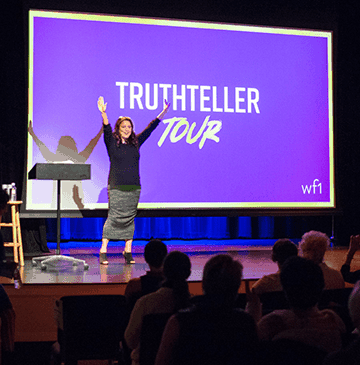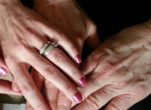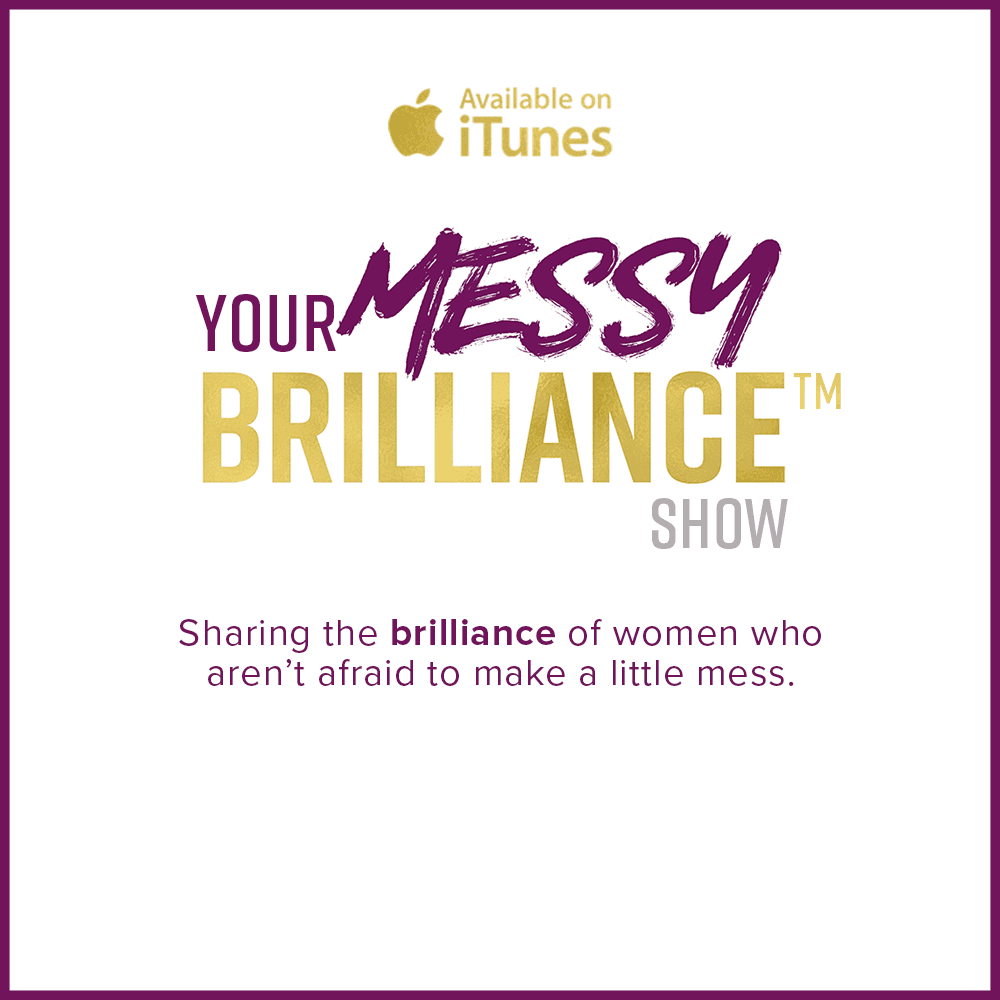
Early Stage Breast Cancer: Have We Really Come That Far?
I was diagnosed with early stage breast cancer 15 years ago. I was turning 40 and getting married, and I wanted to have a baby right away, given that my clock was ticking.
I had a mammography at age 38, since I woke up one morning with a small, hard, bead-like bump on my left breast. I went to a top doctor, who assured me it was a typical cyst they see all the time, and nothing to worry about! He had previously sent me to 5th Avenue radiologists in New York City, and over two years I had three mammos and saw three different radiologists on their team—all of who assured me it wasn’t anything to worry about.
Then, two years later, I went to my gynecologist to get things in order right before my wedding. She said, “Wow, you can’t keep going for mammograms to keep checking this hard bead. It could grow on your honeymoon if you get pregnant.” She suggested I see her top colleague, the head of oncology at New York University. She looked at all the films from my previous doctors and said, “This is nothing to worry about—we see this all the time.”
I then told her that my gynecologist had suggested I remove it because it could grow on my honeymoon. The doctor responded, “OK then, let’s remove it!”
Off I went to the ER for a biopsy; they didn’t do an incisional biopsy to check the surrounding tissue to see if it had spread, since they were so sure it wasn’t cancer. Guess what? It was cancer!
My heart dropped. How could this be? All the doctors I had gone to had all told me it was nothing to worry about! And they were all medical leaders in New York City!
Eighty percent of breast cancer isn’t hereditary, and it doesn’t run in my family. I was shocked and headed to Memorial Sloan Kettering, where they did two more incisional biopsies. Sadly, they didn’t get the clear margins, so they removed all the tissue in my left breast. I used cutting-edge sterilized skin called Alloderm to add the skin I needed so I didn’t need to excise it from another part of my body. It was a plastic surgery technique I was the first to get at Memorial Sloan Kettering—and I’m proud to say they are doing it now, but only if you ask for it. Sadly, people don’t know to ask for it, and are only so many plastic surgeons who are trained to use it.
I love telling new cancer patients I mentor to go to major hospitals such as Sloan Kettering for their mammos, as you don’t need to have cancer to go there and they have top-notch radiologists reading your reports. People always tell me, “I’m going to this little lab for my mammo,” but the bottom line is that it’s most important to have the right mammography machines and more important to have the right radiologists reading the reports.
After the surgery was done, the cancer was gone…and then I got thrown into an oncology adjunct therapy nightmare. What to do after the surgery—chemo or no chemo, tamaxafin or no tamaxifin? I went for more opinions and the medical opinions I got were varied. I took the middle of the road and did what a doctor at Sloan Kettering suggested. I knew that all chemo could cause lymphoma, as well as uterine cancer and blood cancer.
Since that time, for early stage breast cancer, all of these hospitals are now in agreement with patients not getting chemo. Bottom line is: Don’t trust anyone except yourself! Do your homework and get educated!! Don’t bury your head in the sand, which is easy to do; when one gets diagnosed with cancer, it’s as if someone has pulled out the carpet from under you and you black out, frozen in time, with your heart racing. This can last for at least a year or more after diagnosis. It’s hard to stay focused, so bring a friend and take notes every time you meet with a doctor. You can’t possibly hear what they are saying when you are in a state of shock.
I wish for my story to help anyone who has been diagnosed with cancer or has a friend they are helping. We need to beat cancer and start talking about it!










7 comments to "Early Stage Breast Cancer: Have We Really Come That Far?"